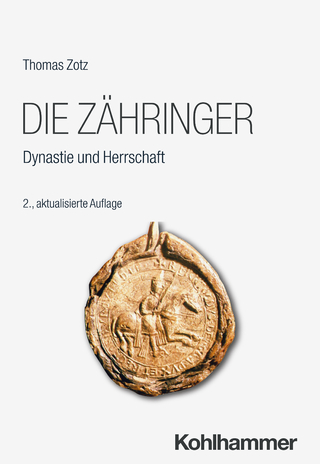
Eating Beauty
Cornell University Press (Verlag)
978-0-8014-4466-1 (ISBN)
- Titel z.Zt. nicht lieferbar
- Versandkostenfrei innerhalb Deutschlands
- Auch auf Rechnung
- Verfügbarkeit in der Filiale vor Ort prüfen
- Artikel merken
In a remarkable book that is at once learned, startlingly original, and highly personal, Ann W. Astell explores the ambiguity of the phrase "eating beauty." The phrase evokes the destruction of beauty, the devouring mouth of the grave, the mouth of hell. To eat beauty is to destroy it. Yet in the case of the Eucharist the person of faith who eats the Host is transformed into beauty itself, literally incorporated into Christ. In this sense, Astell explains, the Eucharist was "productive of an entire 'way' of life, a virtuous life-form, an artwork, with Christ himself as the principal artist." The Eucharist established for the people of the Middle Ages distinctive schools of sanctity—Cistercian, Franciscan, Dominican, and Ignatian—whose members were united by the eucharistic sacrament that they received.
Reading the lives of the saints not primarily as historical documents but as iconic expressions of original artworks fashioned by the eucharistic Christ, Astell puts the "faceless" Host in a dynamic relationship with these icons. With the advent of each new spirituality, the Christian idea of beauty expanded to include, first, the marred beauty of the saint and, finally, that of the church torn by division—an anti-aesthetic beauty embracing process, suffering, deformity, and disappearance, as well as the radiant lightness of the resurrected body. This astonishing work of intellectual and religious history is illustrated with telling artistic examples ranging from medieval manuscript illuminations to sculptures by Michelangelo and paintings by Salvador Dalí. Astell puts the lives of medieval saints in conversation with modern philosophers as disparate as Simone Weil and G. W. F. Hegel.
Ann W. Astell is Professor of English at Purdue University. She is the author of many books, including Eating Beauty: The Eucharist and the Spiritual Arts of the Middle Ages, The Song of Songs in the Middle Ages, Chaucer and the Universe of Learning, and Political Allegory in Late Medieval England, all available from Cornell.
1. "Taste and See": The Eating of Beauty 2. The Apple and the Eucharist: Foods for a Theological Aesthetics 3. "Hidden Manna": Bernard of Clairvaux, Gertrude of Helfta, and the Monastic Art of Humility 4. "Adorned with Wounds": Saint Bonaventure's Legenda maior and the Franciscan Art of Poverty 5. "Imitate Me As I Imitate Christ": Three Catherines, the Food of Souls, and the Dominican Art of Preaching 6. The Eucharist, the Spiritual Exercises, and the Art of Obedience: Saint Ignatius of Loyola and Michelangelo 7. Weil and Hegel: A Eucharistic "Ante-/Anti-Aesthetic" Aesthetics? 8. To (Fail to) Conclude: Eucharists without End Appendix Bibliography Index
| Erscheint lt. Verlag | 3.8.2006 |
|---|---|
| Zusatzinfo | 13 Halftones, black and white |
| Verlagsort | Ithaca |
| Sprache | englisch |
| Maße | 155 x 235 mm |
| Gewicht | 907 g |
| Themenwelt | Geschichte ► Allgemeine Geschichte ► Mittelalter |
| Geisteswissenschaften ► Geschichte ► Regional- / Ländergeschichte | |
| Geschichte ► Teilgebiete der Geschichte ► Religionsgeschichte | |
| ISBN-10 | 0-8014-4466-7 / 0801444667 |
| ISBN-13 | 978-0-8014-4466-1 / 9780801444661 |
| Zustand | Neuware |
| Haben Sie eine Frage zum Produkt? |
aus dem Bereich


